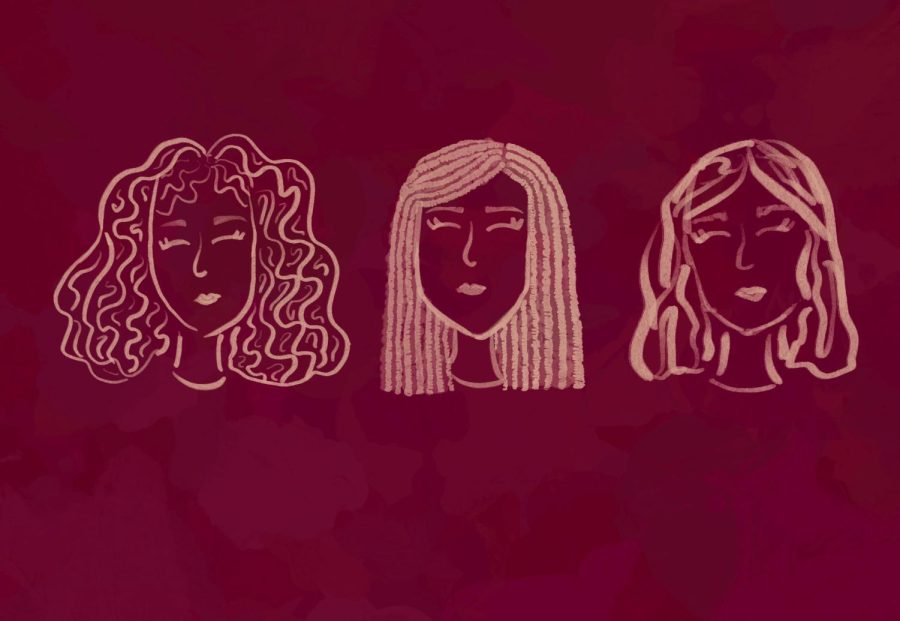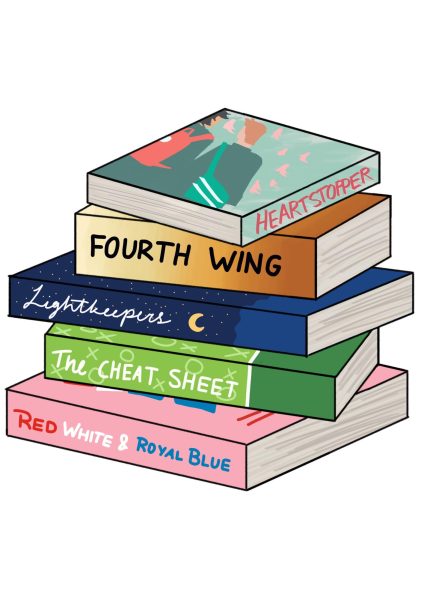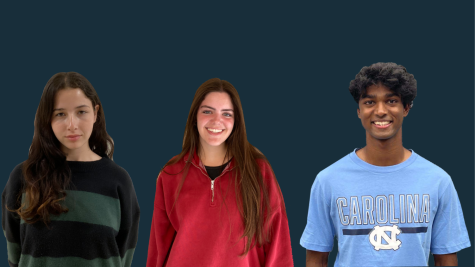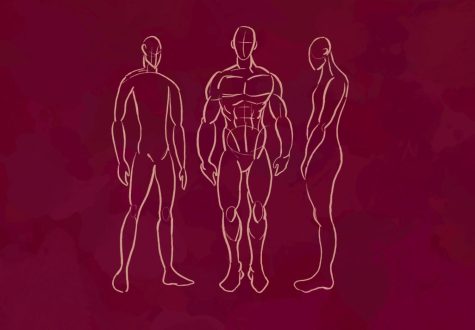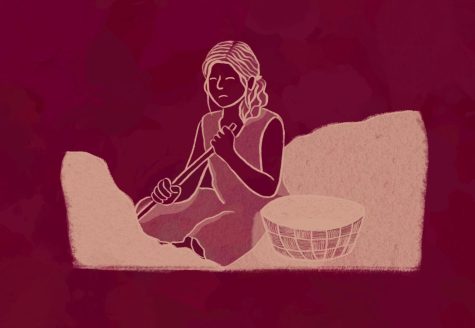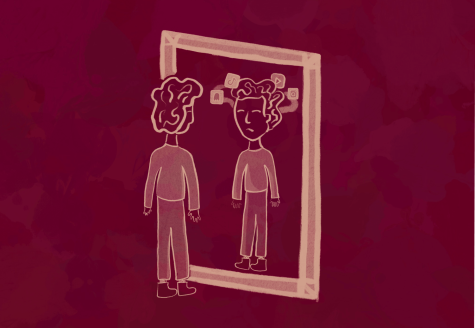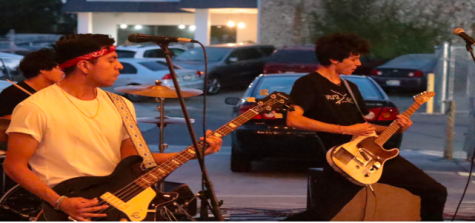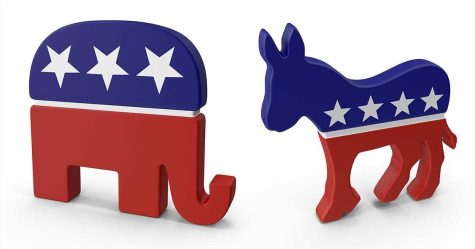The Beauty Industry: Cultural appropriation in the media
With the amount of media we consume daily, it is incredibly easy to fall victim to trends. Many beauty trends are obvious examples of how white people benefit from culturally appropriating minority groups. It is easy to pick and choose certain aspects of cultures without fully understanding the significance of what white content creators are relabelling as trendy. This willful blindness to the fact that they are perpetuating racist stereotypes can reinforce the idea that it is okay to capitalize on someone else’s culture.
The standards that society follows stem from a westernized view of beauty, having a negative impact on anyone unable to conform to them. Eurocentric beauty standards celebrate fair skin, long straight hair and big doe eyes. This marginalizes people of color who do not have these features, and thus are not seen as “conventionally attractive”. When beauty trends culturally appropriate minority features, it dehumanizes the people behind the culture. It embraces this idea of exoticism of different cultures and further alienates them as unconventional.
The fox eye trend is a recent instance of a culturally appropriated beauty trend. This look was inspired by the slanted or upturned eye shape that has historically been negatively associated with Asian people. Those who have major influence over the beauty industry, such as Bella Hadid and Kendall Jenner, helped build the popularity of this look. They both have posted photos on Instagram with their eyes pulled back in their hands, which exaggerates and elongates their eye shape. Asians who naturally have almond-shaped eyes are ridiculed and discriminated against, while these women are not faced with any of the complications when they participate in the trend.
Another occurrence of cultural appropriation in beauty trends is blackfishing. Blackfishing is associated with wearing extremely dark makeup that purposefully does not match your skin tone, or tanning yourself to look darker. It can also be appropriating black hairstyles such as corn rows or box braids. Celebrities such as the Kardashians are prime examples of the cultural appropriation of these styles. Many of the Kardashians have been seen with black hairstyles such as Kim Kardashian wearing cornrows at the MTV Awards in 2018. The standard of eurocentric beauty for hair is the complete opposite of Black hair. Black hair is coily and textured, which has been discriminated against, dating back to slavery. For people to choose these hairstyles for the sole reason of it being trendy is just another instance of how trends take from cultures when it is convenient.
Bindis are another example of cultural appropriation. Bindis are commonly worn as religious symbols in South Asian countries where Hinduism is prominent, but are now used as festival makeup. Again, we see ignorance in the number of celebrities and influencers who feed into this idea of exoticism: the idea that they are simply just fashion statements without a cultural importance. As such, these trends make it so that creators who are culturally educated on the topic do not have the space to share about the historical and religious aspects of bindis.
These trends aren’t seen for what they truly are; culturally insensitive and harmful to the people they capitalize on. For people of color, these are more than just trends, they are the features that define their identities and culture. This dehumanization of minority groups being normalized in the media needs to stop. Their culture is not a trend.



